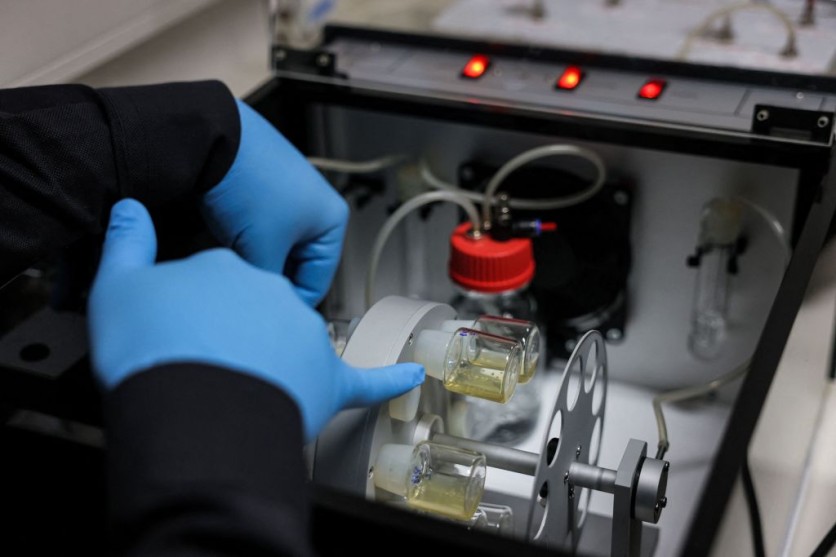A human embryo-like model was successfully developed by a group of scientists at the California Institute of Technology, led by renowned biologist Madalena Zernicka-Goetz. The model replicates the crucial post-implantation of human development.

Producing Embryo-Like Model
The team led by renowned Biologist and Caltech's Bren Professor of Biology Biology and Biological Engineering Professor Madalena Zernicka-Goetz successfully created a human embryo-like model that mimics the second week of human development, which is the time after embryos become implanted in the womb during pregnancy.
Just like how human development works, the intricate process of the scientists occurred during early embryonic development, which marks a significant advancement in the study and the researchers' understanding of human embryology. According to Interesting Engineering, the model was produced using human stem cells which offers a unique opportunity to study the process.
Aside from the human stem cells, the embryo-like models also used mice stem cells rather than eggs and sperm. Zernicka-Goetz clarified that these embryo-like models are not living entities that are capable of developing into fully formed embryos.
Promising Implications
Zernicka-Goetz stated, "Our human embryo-like model, created entirely from pluripotent human stem cells, gives us access to the developing structure at a stage that is normally hidden from us due to the implantation of the tiny embryo into the mother's womb."
Throughout this whole development, the led researcher stated in Caltech's official press release that studying the whole development revealed promising implications for different fields of research. This includes manipulating genes to understand their developmental roles in a model system and testing function in specifications which are both difficult to do in the natural process.
Aside from the mentioned above, it also provides valuable insights into human defects and diseases, pregnancy failures, and even the potential for the growth of transplantation for synthetic organs.
Previous Conduct Studies
From its previous studies, the research team previously made significant progress in generating models similar to embryos and extraembryonic stem cells. As per the team, these models were published in a series of study papers from 2017 to 2021, demonstrating the ability to form the progenitors of different brain regions, spinal cord, gut tub, and beating hearts.
Despite not being advanced as their mouse counterparts and do not possess beating heart-like structures, the latest model does contain both embryonic and extraembryonic tissues, typically developed into the placenta, yolk sac, and amnionic sac. Creating this represents a significant milestone looking back to their previous and similar studies.
Also Read : Mechanical Womb Developed by Israeli Scientists Successfully Growd Mice Embryos, Are Humans Next?
As of the moment, Zernicka-Goetz is an affiliated facility member with Caltech's Tianqiao and Chrissy Chen Institue for Neuroscience. Gladstone reported that Zernicka-Goetz has been included as one of the selected recipients of the 2023 Ogawa-Yamanaka Stem Cell Prize.
This was awarded by Gladstone Institutes, and supported by Cell Press for her pioneering work to develop the first integrated embry0 cell models, which began ten years ago.
Related Article : 3D Bio-Printer? Artificial Human Embryos for Organ Harvest is the Next Goal for Renewal Bio

ⓒ 2025 TECHTIMES.com All rights reserved. Do not reproduce without permission.




